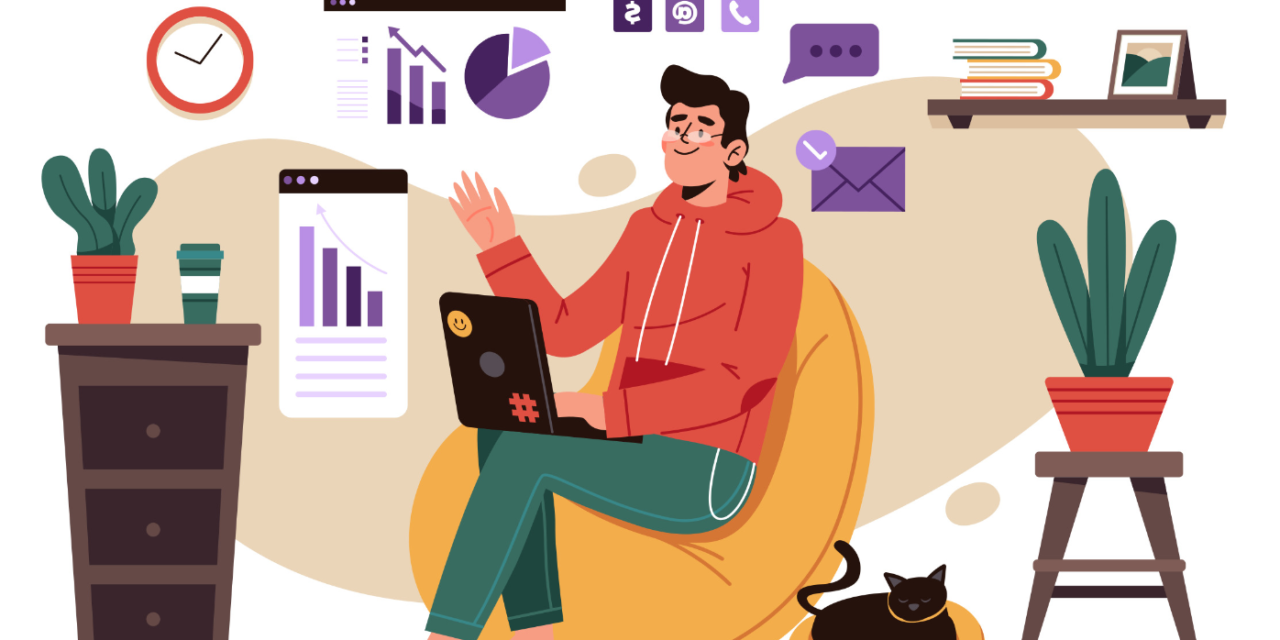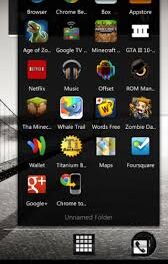Guide on What is ai content and how to detect it?
What is AI-generated content?
AI-generated content, also known as synthetic content, is all types of media created using artificial intelligence algorithms. This can include text, images, audio, and even videos. Although AI-generated content has many potential uses, it is important to be able to evaluate it accordingly.
And that’s exactly what this article is about. The hype about GPT-3 and especially ChatGPT has dominated my LinkedIn bubble in the last few weeks, and I also looked at some use cases to connect GPT-3 with Zapier, integrate it directly into Google Sheets, or build my own Slack bot with GPT-3.
But this also showed me how easy it is to create AI texts en masse and to clutter the Internet almost completely. That’s why I’m taking a look at which tools AI texts can recognize and how real tests perform.
Why recognize AI texts?
There are several reasons why it is important to be able to recognize AI-generated content. Three of them are, in my opinion, the most obvious. False reports, the evaluation of sources (including quality), and proof of achievements (especially in teaching).
Due to the enormous spread of tools such as ChatGPT (which reached one million users in just 5 days – more ChatGPT facts), it will also be much easier to generate any amount of text at very reasonable prices.
Fake news
One of the main problems is certainly the spread of fake news, which can be easily spread via social media and other online platforms. Whether text, images, or video. The easier and faster content can be created, the more likely it is to spread false information. Even though ChatGPT draws its information from almost all texts on the Internet, it is also a powerful tool to process content from texts that you import into the tool.
Evaluation of sources
Especially when it comes to information and opinion, it is important to me personally to know whether texts were written with AI or whether the source is perhaps not trustworthy. If technical content, which I consume every day, is only written by machines, I would evaluate the quality differently.
Proof of service rendered
Certainly, a huge topic, especially for teachers. With the possibility to generate large amounts of text very quickly, how are you supposed to know if the text was written or if the topic was dealt with at all? Certainly, a huge issue, and the first bans on ChatGPT at school show that we are heading for a tricky situation here.
Can ChatGPT texts be recognized?
It depends. Many of the tools tested here recognize English texts very reliably. In the case of German content, the human being is often evaluated as the author. Many of the free tools filter out AI content quite well. Providers such as Google will work much more extensively here, but also definitely have a difficulty in reliably recognizing and evaluating these texts. In this article, I would like to show which tools are currently available on the market and which tools recognize my texts.
Grammica AI Detector:
The provider grammica mainly offers plagiarism detection of text and code and has been on the market for some time. Of course, the Grammica ai detector recognition of AI content is obvious here and therefore there is not only the possibility to test texts free of charge in the interface, but also an API that should recognize AI content.






